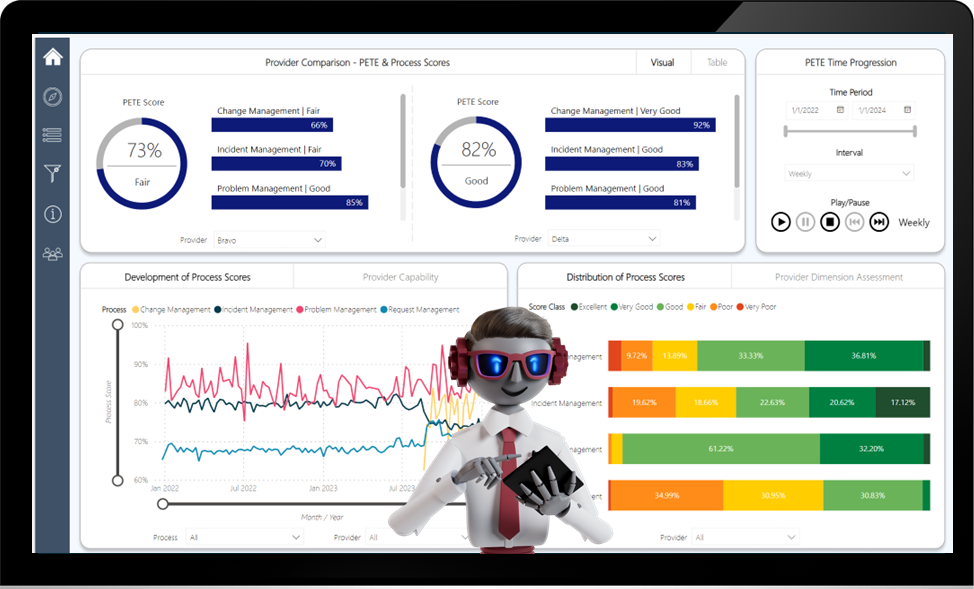
The 90’s called. They want their KPIs back…
Have you ever experienced this situation? You’re – for example – sitting through your monthly KPI review: All the figures on paper look amazing, everything within your IT process landscape is supposedly working perfectly, but reality does not match. How is that possible?
This is something we come across frequently and want to remedy: superfluous KPIs that do not reflect the actual #customerexperience. There are a lot of indicators that are not helpful for controlling service providers nowadays. Some of them create undesirable incentives and thus lead to declining satisfaction among users.
Essentially, there are two relevant Key Performance Indicators (KPIs):
1. The time needed to find a solution.
2. The quality of said solution.
All the other KPIs that are usually used internally within IT do not really concern users.
For instance: Something that could potentially be measured is “reaction time”, meaning the time that has passed until a ticket was worked on for the first time. However, from a user’s point of view, this KPI has zero meaning. In other words, they do not care. Users do not want to know when someone starts their work on the ticket. They care about when a solution is finalized.
This is why we propose a different course of action: From the very beginning, we define a suitable time frame for finding solutions for issues according to their priorities. For this purpose, we use the “Gross Resolution Time” (GRT) in order to predetermine how much time it should take at most to solve an issue – depending on its priority. By calculating the gross time, we do not take “pending times” into account, for instance.
Optimally, this can be combined with monitoring the “re-open rate” of tickets, which indicates the share of tickets that have been reopened. This way, we create a strong incentive for service providers to solve tickets within an appointed time frame and in line with desirable quality standards.
We exclusively look at the end result that ultimately affects the users. Because this is the ultimate goal: to keep up your users’ satisfaction – and not some meaningless numbers.




